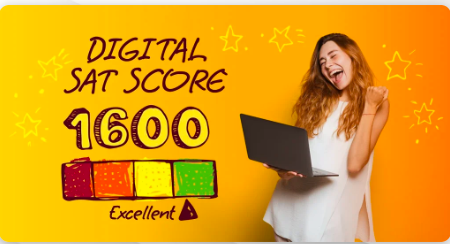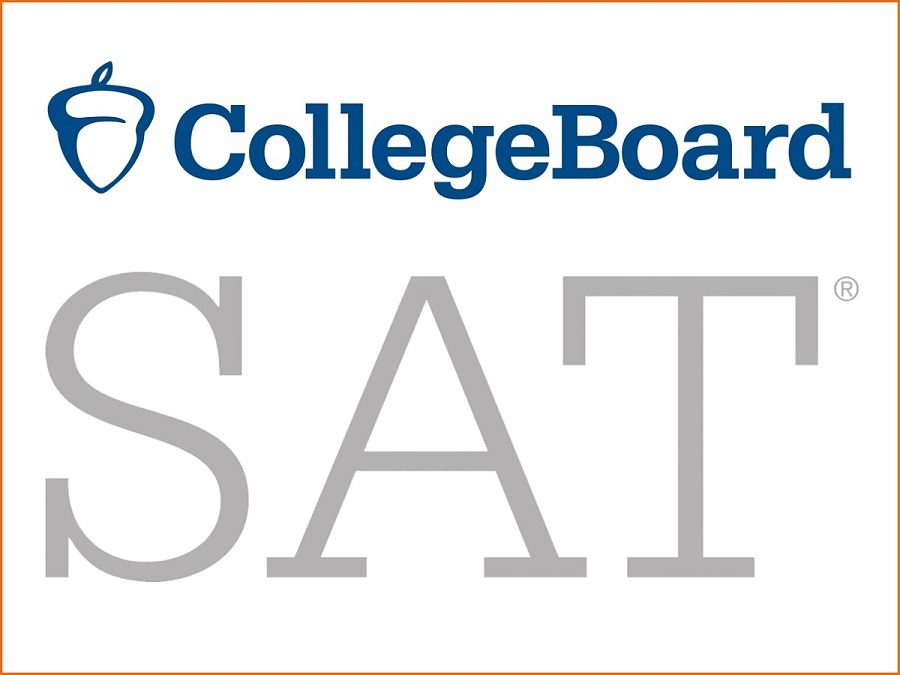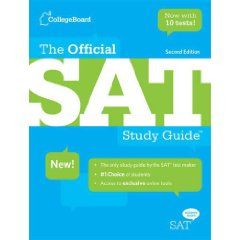The shift to the Digital SAT marks a significant transformation in college admissions testing. With the new format rolling out globally in 2024 and becoming standard in the US by 2025, it’s crucial for students, parents, and educators to understand the scoring changes and implications of this digital transition.
Key Changes in the Digital SAT
Adaptive Testing Format
The Digital SAT introduces adaptive testing, where the difficulty of questions adjusts based on your performance. The test consists of two stages in each section:
- Stage 1: Everyone starts with questions of mixed difficulty
- Stage 2: Question difficulty adjusts based on your Stage 1 performance
This adaptive approach provides a more precise measurement of student abilities while maintaining the same scoring scale (400-1600) that colleges are familiar with.
Scoring Breakdown
Math Section (800 Points)
- 22 questions in Stage 1
- 20 questions in Stage 2
- Calculator allowed throughout
- Topics include:
- Algebra
- Advanced Math
- Problem-Solving
- Data Analysis
- Geometry
Reading and Writing Section (800 Points)
- 27 questions in each stage
- Shorter passages with direct questions
- Focuses on:
- Vocabulary in Context
- Grammar and Expression
- Reading Comprehension
- Evidence-Based Analysis
Understanding Your Score
Raw Score Calculation
The Digital SAT uses a sophisticated algorithm that considers:
- Question difficulty level
- Number of correct answers
- Performance patterns across both stages
Unlike the paper SAT, wrong answers don’t result in point deductions, but the adaptive nature means each question carries more weight in determining your final score.
Preparing for Success
Effective Study Strategies
- Familiarize Yourself with Digital Tools Practice using the digital testing interface, including the built-in calculator, timer, and annotation features.
- Focus on Time Management With shorter sections and fewer questions, efficient time use becomes crucial:
- Math Section: 70 minutes
- Reading and Writing: 64 minutes
- Understand Question Progression Practice identifying question difficulty levels and maintaining consistency in your performance across both stages.
Score Reporting and College Applications
What to Expect
- Scores typically available within days, not weeks
- More detailed performance feedback
- Better insights into areas needing improvement
- Option to send scores to colleges immediately after viewing them
Score Choice and Superscoring
- Students can still choose which scores to send to colleges
- Many colleges continue to superscore (using the highest section scores across multiple attempts)
- Digital and paper SAT scores are considered equivalent by colleges
Special Considerations for 2025
Testing Schedule
- Plan ahead for testing dates
- Consider the transition period timing
- Register early as testing centers adjust to the new format
Practice Resources
- Use official College Board digital practice tests
- Familiarize yourself with the Bluebook testing app
- Take advantage of online learning tools and tutorials
Score Improvement Strategies
Academic Preparation
- Content Mastery
- Review core math concepts thoroughly
- Practice reading efficiency with shorter passages
- Focus on grammar rules and their applications
- Technical Preparation
- Practice with digital annotation tools
- Become comfortable with the online calculator
- Learn to navigate the testing platform efficiently
Mental Preparation
- Reduce Test Anxiety
- Understand the adaptive format
- Practice with timed sections
- Develop comfort with digital testing
- Build Confidence
- Take multiple practice tests
- Track progress over time
- Identify and address weak areas early
Making the Most of Your Scores
Score Analysis
- Review detailed performance reports
- Identify patterns in mistakes
- Use feedback to guide further preparation
College Planning
- Research score ranges for target schools
- Understand how scores fit into your overall application
- Consider test-optional policies when applicable
Looking Ahead
The Digital SAT represents a modernization of college admissions testing, offering several advantages:
- Faster results
- More precise scoring
- Enhanced security
- Reduced testing stress
- Better alignment with modern learning methods
Final Thoughts
Success on the Digital SAT comes from understanding both the content and the format. As you prepare for 2025, focus on:
- Building comfort with digital testing
- Maintaining consistent performance across sections
- Understanding the adaptive nature of the test
- Using available tools and resources effectively
Remember, while the format is changing, the fundamental skills being tested remain the same. A balanced approach to preparation, combining content knowledge with format familiarity, will be key to success on the Digital SAT.
Looking for a SAT practice Test ? You can instantly start the Socrato Digital SAT Test. You can also get the instant diagnostic online as well as the pdf To learn more about the Socrato other exams check out here.










